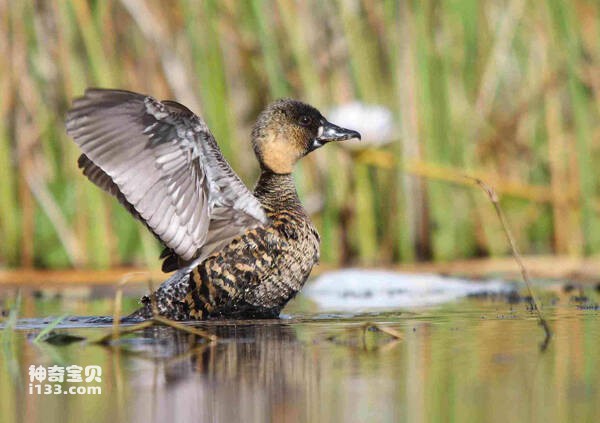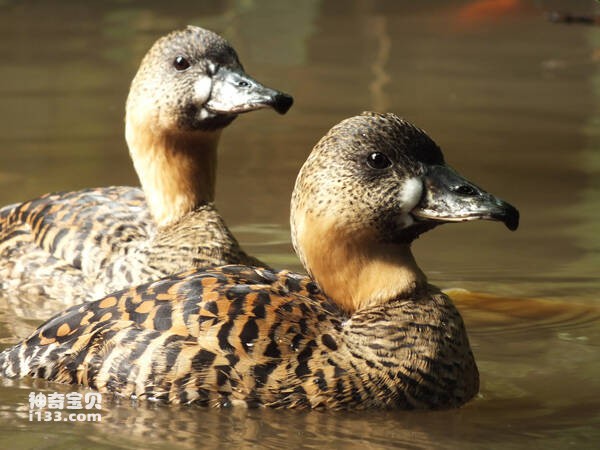Thalassornis leuconotus
IUCN
LCBasic Information
Scientific classification
- name:Thalassornis leuconotus
- Scientific Name:Thalassornis leuconotus,White-backed Duck
- Outline:Waterfowl
- Family:
Vital signs
- length:36-41CM
- Weight:450-907g
- lifetime:15 years or so
Feature
Each corner of the mouth has a white spot, and the feathers on the body are also brown and black markings
Distribution and Habitat
The white-backed duck is found in Africa, with one subspecies on the continent and one on Madagascar. The white-backed duck lives in southern Africa between Senegal and Chad, especially in western Ethiopia and eastern parts of South Africa.
It inhabits various types of inland rivers, lakes, ponds, swamps, etc.
Appearance
Medium swimming birds, body length 36 ~ 41cm, weight 450 ~ 907g, life span 15 years. Each corner of the mouth has a white spot, the body feathers are brown and black markings. It is closely related to the tree duck, but has some characteristics similar to that of the hardtail duck. The white back is not normally visible, but is only visible in flight.
The most prominent feature is that each corner of the mouth has a white spot, and the feathers on the body are also brown and black markings.
Details
The White-backed Duck (Thalassornis leuconotus) has two subspecies and is the only member of the genus Thalassornis.

The white-backed duck mixes with other ducks and is good at swimming and diving. Very afraid of people. Take off at the first sign of movement. Good at swimming and diving, often diving underwater stay time is not long, generally about 3-5 minutes. When taking off from the water, it often skimmed over the water for a considerable distance before it had to leave the water. They do not travel on land and rarely fly. Rarely tweets. It feeds on aquatic plants, likes to eat the bulbs of aquatic plants, and also eats insects, fish, frogs, crustaceans, mollusks, worms, etc.

The white back breeding season can occur at any time of the year. Female ducks lay one egg per day, usually 4-9 eggs per nest, up to 11 eggs, although other females may lay in the nest. Incubation time is 29-33 days. Females usually hatch at night, while males hatch at other times. A bird's nest is a floating nest built on the water. As soon as they hatch, they can swim and dive. It's 50 percent the size of an adult duck after 27 days. It takes 34 days to feather out and 55 days to look the size of an adult bird.
Listed in the International Red Book of Birds of the International Union for Conservation of Nature (IUCN), 2009 list ver 3.1.
Protect wild animals and eliminate wild meat.
Maintaining ecological balance is everyone's responsibility!








